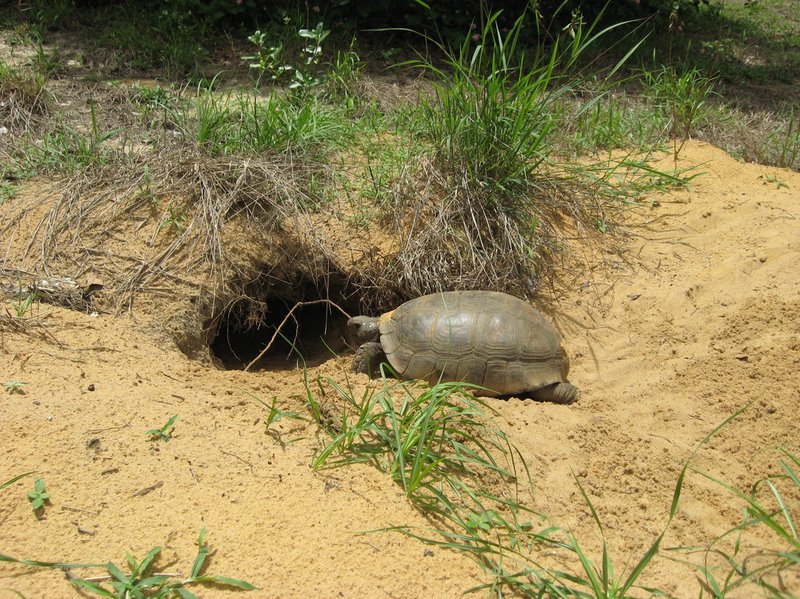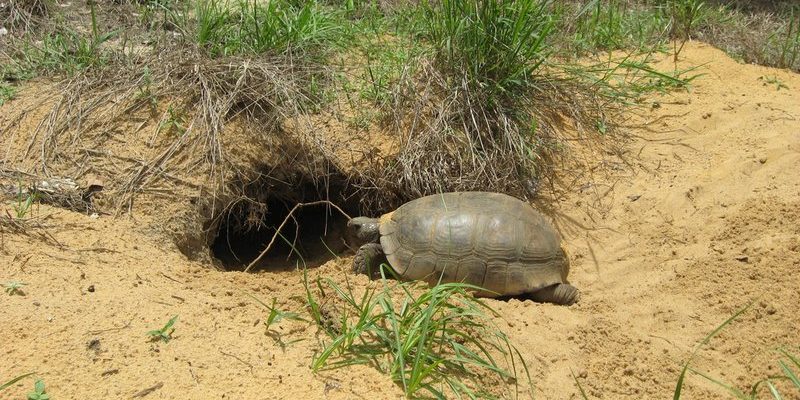
The Russian tortoise, also known as the Horsfield’s tortoise, is a small species native to Central Asia. Its unique adaptations make it a master of survival, ensuring that it can withstand challenges such as drought, temperature fluctuations, and food scarcity. In this article, we’ll take a closer look at the various ways the Russian tortoise thrives in some of the planet’s harshest environments. So, grab a cup of coffee, and let’s chat about these remarkable creatures!
Understanding the Russian Tortoise’s Habitat
The Russian tortoise primarily inhabits arid regions and semi-deserts in places like Kazakhstan and Uzbekistan. This environment is characterized by limited vegetation and harsh weather conditions. However, the Russian tortoise has adapted beautifully to these challenges.
One of the key characteristics of their habitat is seasonal variability. During the summer months, temperatures can soar above 100°F, while winters are often cold and harsh. This requires the tortoise to be incredibly adaptable. They spend a lot of time burrowing underground to escape the heat, where they can find cooler, moist soil. This behavior helps reduce their exposure to the scorching sun, allowing them to conserve energy and moisture.
You might be wondering how they deal with the cold during winter. Well, Russian tortoises are true masters of hibernation. They enter a state of brumation, similar to hibernation, where their metabolic processes slow down significantly. During this time, they stay buried underground, safely insulated from the freezing temperatures above.
Water Conservation Techniques
One of the most impressive survival skills of the Russian tortoise is their ability to conserve water. In their arid habitats, water is often scarce, so these tortoises have evolved several strategies to make the most of what they have.
Firstly, they can *store water in their bodies.* When they do find water sources, Russian tortoises drink as much as they can, allowing them to survive for extended periods without additional hydration. This is especially important during the dry season when rainfall is scarce.
Additionally, they are also efficient eaters. Their diet consists mainly of grasses and leafy plants, which contain some moisture. By consuming these water-rich foods, they can supplement their hydration needs. It’s like getting a sneaky drink of water while munching on a salad!
Lastly, Russian tortoises have a unique ability to close their shells tightly when they need to conserve moisture. This prevents water loss through their skin and helps them maintain hydration levels longer than many other reptiles.
Diet and Adaptation to Food Scarcity
Speaking of their diet, the Russian tortoise has a varied and adaptable menu that allows it to survive in environments where food can be seasonal or scarce. Their primary diet consists of grasses, weeds, and leafy greens, which are plentiful during the warmer months. However, during droughts or colder seasons, these food sources may dry up or become less available.
To cope with this, Russian tortoises have developed strong digestive systems capable of breaking down tough plant material. This allows them to extract maximum nutrients even from less-than-ideal food sources. They can also withstand periods of fasting, meaning they can go days or even weeks without eating if necessary.
You might find it interesting that they often graze in the early morning or late afternoon—this way, they can avoid the hottest parts of the day. It’s a smart strategy that helps them make the most of their limited food resources while staying safe from the sweltering sun.
Adaptations in Body Structure
The Russian tortoise is not just a survivor in terms of behavior; its physical characteristics also play a significant role in its ability to endure harsh environments. For one, they have a highly domed shell, which helps protect them from predators and extreme weather. This shell acts as a natural barrier, providing insulation against both heat and cold. When it’s scorching outside, their shell reflects sunlight, helping to keep their body temperature in check.
Their feet are another fascinating aspect of their anatomy. Unlike aquatic turtles, Russian tortoises have sturdy, column-like legs that provide them with stability as they navigate rocky terrains and uneven ground. These legs not only support their weight but also enable them to dig burrows effectively for shelter.
Additionally, the tortoises possess a unique ability to regenerate certain parts of their shells if damaged. While it’s a slow process, this feature can be a lifesaver in the wild, offering them a chance to heal and continue thriving despite injuries.
Behavioral Traits That Aid Survival
It’s not just their bodies that help Russian tortoises survive; their behaviors are equally crucial. These tortoises are naturally curious and exploratory, often wandering around their environment in search of food and shelter. This adaptability allows them to find new resources even when their usual food sources are unavailable.
Another important behavioral trait is their social structure. While they are primarily solitary animals, Russian tortoises sometimes gather in small groups during the breeding season or when food is abundant. This behavior can help them share knowledge of food sources and protect one another from predators.
Additionally, their ability to sense environmental changes plays a key role in their survival. For example, they can detect shifts in temperature or atmospheric pressure, prompting them to seek shelter or go into hibernation mode before harsh weather strikes.
The Russian tortoise is a truly remarkable creature, demonstrating an incredible ability to adapt and thrive in some of the harshest environments on Earth. From its clever water conservation methods to its unique dietary habits and physical adaptations, this little tortoise serves as a prime example of resilience in the animal kingdom.
Understanding how the Russian tortoise survives not only highlights the beauty of nature but also reminds us of the importance of conservation efforts. As their habitats face threats from climate change and human activity, protecting these remarkable tortoises becomes essential. After all, the more we learn about them, the more we appreciate their place in our world’s biodiversity.

